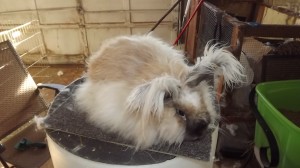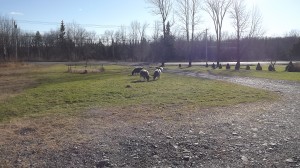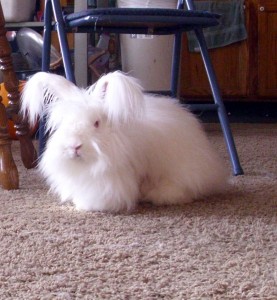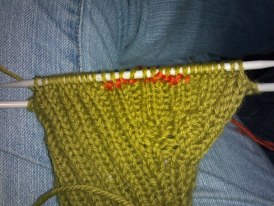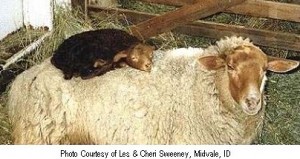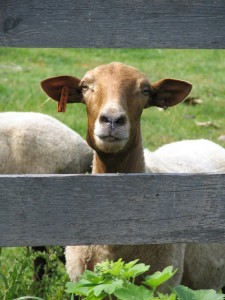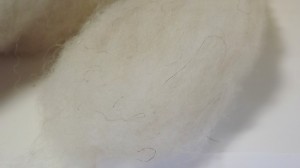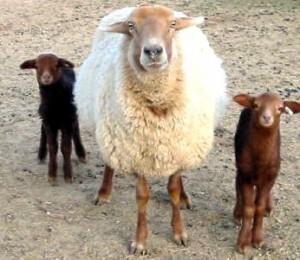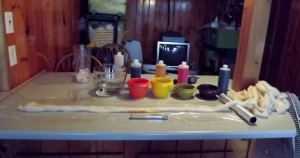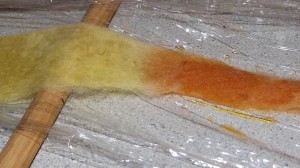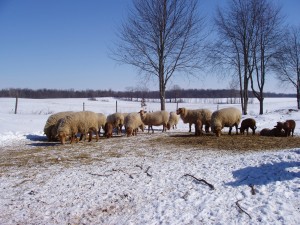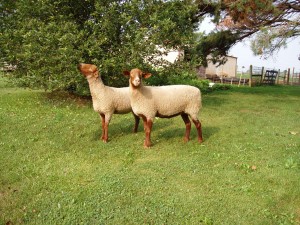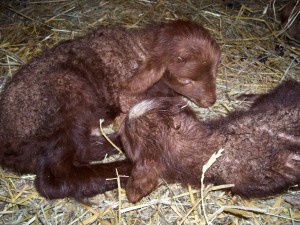Herdwick sheep have an interesting history. The word herwick comes from herdvyck which literally means sheep pasture. The origin of the breed is still unknown but they may have been ancestors to norse breeds brought by the Nords during Viking invasions or by a wrecked spanish armada ship.
For hundreds of years this breed has kept the hillsides of the fells largely treeless and stone walls were built to contain the sheep and protect grazing land.
Ok I had to stop here and look up exactly what a fell is:
fell- 1. An upland stretch of open country; a moor. 2. A barren or stony hill.
info from http://www.thefreedictionary.com/fells
This type of sheep has a really notable attribute. As the lambs graze with their mothers on a “heaf” or “heft.” The lamb learns that this is where they need to graze. Basically instilling the knowledge that is their area and preventing the herd or individuals from straying too far away.
Ok so I had to look up “heft” and “heaf.” Darn my inquisitive mind at times!!!!
Heaf and heft are the same thing – a piece of land used as sheep pasture.
Hefting the acclimatising of a flock of hill sheep to ‘their’ part of the hillside. A hefted flock is worth more to a farmer than one that has not been acclimatised as they roam far less and are easier to manage. http://www.farm-direct.co.uk/shared/glossary.html
So we have sheep that know how to not to stray from home …..good stuff.
Here are the characteristics:
Herdwicks are a dual-purpose breed, for meat and wool. They mature slowly and are one of the most hardy British breeds. Herwicks usually spend the winter on the fells, and are left to graze on the hillsides with no additional feed. The hardiness of the breed to flourish without human intervention makes this breed very desirable.
Herdwick lambs are born black, and lighten as they age. Rams are horned while ewe’s are polled. I had some trouble finding the size of these sheep…so I am unsure of how big they are. I finally found the weights after alot of searching. Ewes weight in from 77 to 99 pds and rams weight in 143 to 165 pds.
Information provided by wikipedia
Wanna get your fibery fix sign up for the RSS feed on the upper right hand side of this post!
Tags: fiber animal products, fiber animals, herdwick sheep, meat sheep, raising fiber animals, sheep, sheep wool, sheep wool breeds








